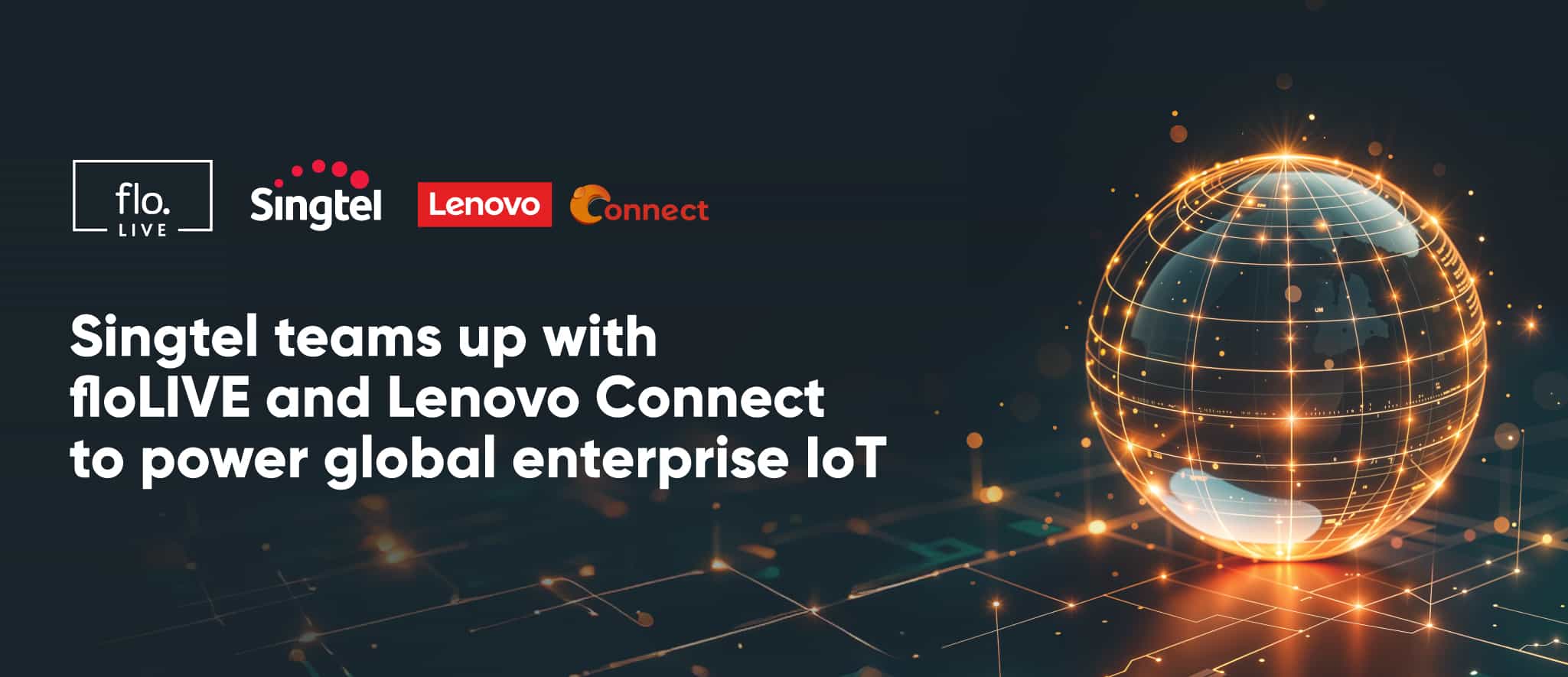Page Contents
2024 Midyear Review: AI, eSIM, iSIM, Cat 1bis and 5G RedCap

Page Contents
Certain topics have dominated the IoT sector for years, but many are coming to fruition and seeing more applicability as we forge ahead into 2024, including AI, eSIM, iSIM, Cat 1bis, and 5G RedCap. With six months under our belt, it felt relevant to review three particularly buzzworthy items and their impact on the year so far, as well as the coming years.
Artificial Intelligence and the Role of Data
According to the IoT Analytics State of IoT Spring 2024 report, AI and IoT remain top corporate priorities, with AI gaining an edge over IoT due to its placement in the hype cycle. However, the report points out that these are not competing technologies but rather symbiotic ones.
floLIVE wrote about the advancement of AIoT (artificial intelligence IoT) recently and it’s interesting to see that IoT Analytics considers it a driving force in the estimated $721 billion global spending on enterprise IoT by 2030.
While corporate interest in AI is skyrocketing—particularly in generative AI investments—the shift to AI investment is heavy. IEEE Spectrum reports that the estimated training cost of select AI models is $191,400,000.
With a massive market share and heavy investment model, it’s pertinent that AI is receiving the best, highest-quality data, which is where we see the intersection of AI and IoT. I think you can ask any data scientist, engineer, or programmer, and beyond that the volume of data is never a concern, in fact, it’s a big detractor. But feeding these AI models with quality data makes a striking difference in the efficacy of AI. This goes well beyond generative AI into myriad use cases, including facial recognition, driver alert and response systems, healthcare diagnostics, smart grids, and much more.
AI is only as powerful as its data and that data has to be effectively communicated through resilient connectivity. Additionally, the latency requirements associated with many AI use cases can’t be supported by roaming connectivity worldwide. With a local IMSI, you’re looking at 90 milliseconds of latency, whereas with a roaming SIM, the latency is just shy of being tripled at 250 milliseconds. Overall, roaming is not ideal for most IoT use cases and as the technology – both AI and IoT – proliferates, it becomes increasingly challenging to rely on this approach, which we delve further into in this article.
The Chipset Race and the eUICC and iSIM Impact
After several years of facing semiconductor shortages, the race to lead production is well underway as the demand for connected devices grows – with global IoT connections expected to reach 29.4 billion by the end of this decade.
Recent data shows that China is the global leader in semiconductor fabrication capacity by market share, holding 24 percent of the global market. Taiwan holds 18 percent, and Japan and South Korea tie for third with 17 percent. The United States holds 10 percent, and Europe holds 8 percent.
In 2022, the United States passed the CHIPS Act, legislation to provide funds for enhancing U.S. semiconductor manufacturing capabilities. Due to this, it’s estimated that the U.S.’s ability to manufacture advanced logic chips will increase from 0 percent in 2022 to 28 percent by 2032, making the region a top two market share holder, falling after Taiwan with an estimated 47 percent hold.
The eSIM market is a significant driver in the semiconductor industry as a means to offer a single-SKU approach to worldwide connectivity alongside multi-IMSI technology, which can be leveraged separately or in tandem.
eSIM—or, more precisely, eUICC—has been garnering more attention in the market as enterprises, MVNOs, and IoT service providers seek to capture global connectivity outside of roaming. This technology has gone through an elongated hype cycle with a slightly sluggish adoption due to MNO availability.
Meanwhile, the discussion around iSIM is beginning to solidify as this technology moves into the market and has expectations to enhance the chipset market. The integrated SIM (iSIM) form factor allows for a multi-functional embedded chip with a low device footprint and is ideal for use cases where device size is very limited.
For manufacturers, iSIM is a desirable technology due to its low cost and prepackaged solutions and a recent Mobile World Live survey indicates that 64 percent of supplier ecosystem respondents are considering leveraging iSIM technology.
So, what’s different between eSIM and iSIM as far as it’s concerned for those using these form factors/technologies or selling them? We recently posted about this in a two-part series, detailing the background on eUICC and how it’s evolving, not just by form factor but also by standard.
Subset Connectivity Technologies: Cat 1bis and 5G RedCap
We’re moving well beyond having limited segments for wireless connectivity technologies. The days of simple 2G cellular or wireless Bluetooth are a thing of the past as the demand for connected devices skyrockets and the need for a more tailored connectivity approach grows alongside it. Not to say these technologies are obsolete, but the choices are becoming much more differentiated and it’s something that has long been necessitated.
One of the most challenging aspects of IoT is the vast differences in requirements. A monitor used to detect pipe leaks underground is very different from a sensor in an autonomous vehicle that controls braking. In traditional consumer technology, the difference between how one person uses their smartphone versus the other is not as broad.
A great example of this is just how varied LTE technology is. LTE-M has received a lot of attention in the past years as a low-power alternative technology, but LTE Cat 1bis is emerging as a strong competitor as an even lower-power and compact technology.
Additionally, the 5G ecosystem is coming into sharper focus as discussions rise around 5G RedCap (reduced capability) which offers the strength of 5G without the same power consumption and data usage – essentially it’s 5G light. The details on these two technologies are further discussed in a recent floLIVE article, and it’s been interesting seeing the buzz grow louder around Cat 1bis and RedCap.
Tapping into Emerging and Developing Technologies
IoT is complicated and the connectivity supporting it even more so. While emerging and developing technologies like AI, eSIM, iSIM, Cat 1bis and 5G RedCap promise great returns, the core infrastructure needs to be agile with global reach that meets every day performance requirements and for the most streamlined method, leveraging a single provider is optimal.
Learn how floLIVE can help you reach your next-gen IoT goals – reach out.


Join Our Newsletter
Get the latest tips and insights in our monthly newsletter.









